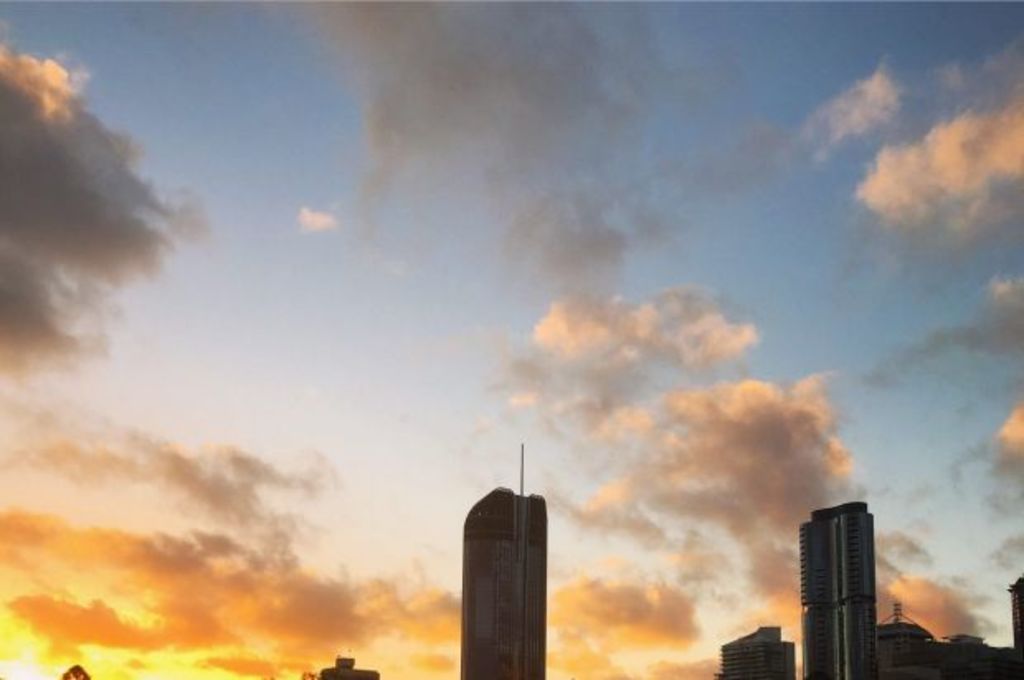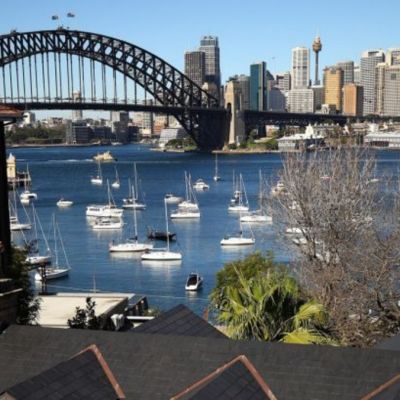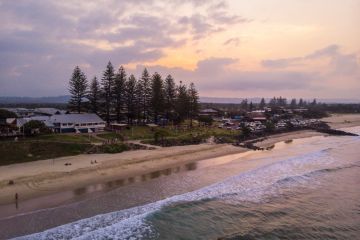House price disparity between Sydney and Brisbane set to spur northern migration

Property in Brisbane is now officially half the price of Sydney.
This week’s Domain Group rental and house price report for the December quarter listed Sydney’s median house price as $1.1 million, while Brisbane’s is still only a touch above $540,000.
Real Estate Institute of Queensland chairman Rob Honeycombe said the economic performance of New South Wales over Queensland in recent years was partly responsible for the huge price differential.
“It was inevitable that we’d see a widening gap in median house prices and the latest stats shouldn’t come as any surprise,” he said.
“There’s a pretty consistent pattern in interstate migration following house price growth in Sydney particularly. People regularly move to chase work and employment opportunities, but lifestyle is also a huge factor.”
Honeycombe said Queensland had long been the happy recipient of strong interstate migration and the trend was likely to continue given the property price disparity between the two states.
In fact, population figures for the June quarter 2016 show that interstate migration into Queensland is already on the rise.
According to analysis by Propertyology, Queensland’s latest quarterly interstate migration increase of 3,328 was the highest since December 2008.
Propertyology buyers’ agent and market researcher Simon Pressley said enquiry from Sydney investors had also increased.

“About 60 per cent of our inquiries over the past 18 months have been Sydney-based investors,” he said.
Queensland’s economy still needed to improve to attract more interstate migrants, he said, but increasing coal prices since about June last year was starting to have a positive impact.
Pressley said the sunshine state had recorded three consecutive quarters of interstate migration growth, with more than 3000 shifting to Queensland every three months, while NSW had correspondingly recorded three quarters of declines.
“The main reason they’d be leaving NSW is housing affordability. Clearly there are plenty of jobs in Sydney … but housing affordability is turning some people away,” he said.
“A rebound in coal prices will make it easier for job creation to attract more people across the border, but if Brisbane’s property market is to fully awaken from its slumber, funding initiatives for new infrastructure is what is really needed.
“If Queensland can get its act together with a confident economy, we’ve got the foundation for a boom.”
Likewise, Honeycombe believes that Queensland’s employment fortunes are on the improve, which, along with housing affordability, will underpin future strong interstate migration growth into the state.
“The house price gap is just too large,” he said.
“People can save so much money by making that move, and that’s going to start to become very attractive for those who either already own a home in Sydney or who are weighing up the option of buying in Sydney.”
Savills Research and Consultancy associate director Yvette Burton said that according to figures released by Deloitte Access Economics, Queensland’s unemployment rate looked to have peaked at around six per cent, with it forecast to steadily drop to 5.4 per cent over the next five years to potentially return to levels not seen since the GFC.
We recommend
States
Capital Cities
Capital Cities - Rentals
Popular Areas
Allhomes
More










